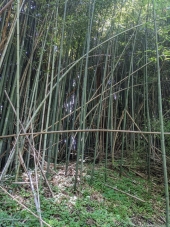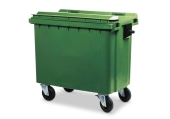



Lo Biddle wrote:Thanks Joshua, yes, it's going to be a several year process. I found that a chainsaw tends to get caught in the fibrousness of the bamboo, so I've been using a sawzall with pretty good effect. If I can get through all of the surface bamboo and then stay on top of any sprouts for the next few years, I'm hoping that will do it.
I'm also looking up recipes for pickled bamboo shoots, bamboo kimchi, stir fried bamboo...




Marco Benito wrote:This is a great presentation on insects and I think it is worth watching. It will definitely give you some food for thought.
Basically the talk is about Brix readings on the leaves of your plants. If they are too low, like below 12, then the plants are screaming for a bug attack. If the readings are above 12 then the bugs have no interest in them and go elsewhere. So get your plant leaf sugars up and away you go......

Trace Oswald wrote:I would use my scythe and mow them all down, and then cover with black rubber roofing material or clear plastic for as long as it took to kill them.

Pearl Sutton wrote:If it's watertight, use it for any kind of dry storage. I always have things that I don't want inside the house but that need to stay dry.
